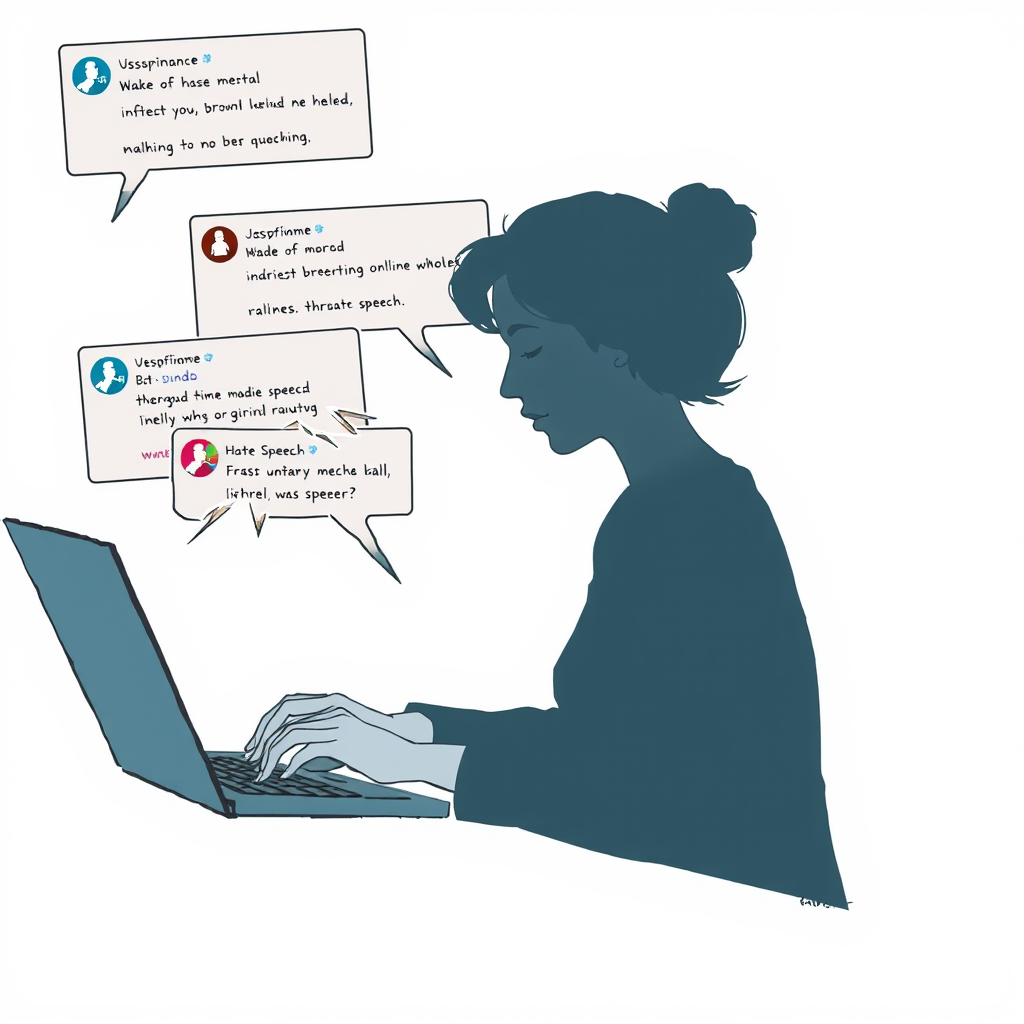Online Harassment of Journalists: A Growing Threat

The escalating threat of online harassment is directly undermining journalistic integrity and press freedom worldwide, according to a new guide released by WAN-IFRA’s Women in News (WIN) initiative. The guide, a “Newsroom Policy Guide to Fight Online Harassment,” isn’t merely a reactive document; it’s a call for proactive, organizational change within media outlets to safeguard journalists and, by extension, the public’s right to information.
The problem is pervasive. Journalists are routinely subjected to threats, hate speech, doxxing, and coordinated disinformation campaigns. This isn’t simply a matter of unpleasantness; it’s a calculated effort to silence reporting, induce self-censorship, and erode trust in the media. What’s particularly concerning is the disproportionate impact on women journalists, journalists of color, and LGBTQ+ reporters, who face targeted, identity-based attacks – often including misogynistic and sexualized threats.
Mariona Sanz, Senior Project Manager at WAN-IFRA, emphasizes the lack of standardized protocols for addressing this issue. “Despite the severity of the problem, there aren’t many template protocols to guide newsrooms on how to address online harassment as an organization,” she states. The WIN guide aims to fill that gap, offering a structured approach encompassing digital safety practices, clear online behavior guidelines, reinforced sexual harassment policies, and robust comment moderation strategies.
Crucially, the guide advocates for trauma-informed peer support and psychological training for affected journalists. This acknowledges that online harassment isn’t just a professional issue; it’s a deeply personal one with potential long-term consequences for mental health and well-being.
Effective implementation requires buy-in from newsroom leadership and collaboration across departments – from editorial and HR to legal and IT. Leaders must unequivocally condemn online harassment and demonstrate a commitment to protecting their staff.
The guide also provides practical advice for journalists facing a lack of internal support, recommending documentation of harassment, securing online accounts, and seeking support from press freedom organizations and unions. The “Rapid Response Guide” within the larger document offers specific steps based on the type of harassment encountered.
Several major media outlets are already implementing effective strategies, such as appointing dedicated Online Safety Editors (as seen at Reach plc) and establishing clear reporting and escalation procedures.
This isn’t simply about protecting individual journalists; it’s about preserving the integrity of journalism itself. When journalists are afraid to report freely, or are forced to self-censor due to online abuse, the public suffers. A free and independent press is essential for a functioning democracy, and that freedom is increasingly under threat from the insidious rise of online harassment. The WIN guide is a vital resource for newsrooms committed to safeguarding their journalists and upholding the principles of a free press. The guide is available [here](link not included as per instructions), and further support can be found by contacting [email protected].